Amazon Forest: Adventures in the Heart of the Wilderness
The Amazon forest is one of the largest biomes on Earth, stretching across nine countries in South America. These forests are home to enormous biodiversity, with many unique flora and fauna living.
Show key points
- The Amazon forest spans nine South American countries and is one of the largest and most ecologically diverse biomes on Earth.
- It plays a crucial role in regulating the global climate by influencing the carbon cycle and producing significant amounts of oxygen.
- The region experiences a humid tropical climate with abundant rainfall, which supports its vast biodiversity.
- ADVERTISEMENT
- The Amazon River system not only supports ecosystems but also serves as a major route for transportation and trade.
- Home to over 390,000 plant species and countless animals, the forest shelters both common and endangered species like black tigers and colorful birds.
- Indigenous peoples have a rich cultural history in the Amazon, but they now face ongoing challenges like habitat loss and climate threats.
- Conservation efforts, including sustainable practices and public education, are essential to combat deforestation and protect this vital ecosystem.
The Amazon forests are characterized by their ecological and biological diversity, with hundreds of thousands of different species of plants and animals. These forests are one of the most vital heads on the planet, affecting the world's climate and contributing to the regulation of the carbon cycle and oxygen production.
In this article, we will explore the details of the Amazon forest, from climate and geography to biodiversity and the challenges it faces. We will look at the impact of climate change and efforts to preserve this important ecosystem.
Recommend
Climate and geography
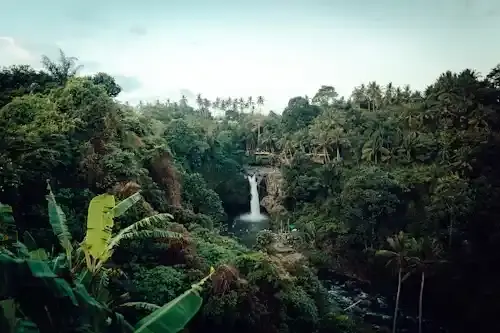
Climate zones in the Amazon forest
The Amazon forest has a humid tropical climate, with high temperatures throughout the year. It experiences heavy and continuous rainfall, which contributes to the diversity of flora and fauna.
Rivers and waterways
The Amazon rivers are one of the largest in the world in terms of drainage and length. It spans a vast area of nine countries in South America, from Peru to Brazil.
These rivers provide rich water resources for flora and fauna, and contribute to the balance of the ecosystem. A lot of organisms depend on Amazon waters to survive. The Amazon rivers are also a corridor for transport and trade, where they are used to transport goods, foodstuffs and raw materials.
Topography of the Amazon
The terrain of the Amazon forest varies between plains, hills and small mountains. This terrain forms diverse environments that support plant and animal life.
Biodiversity
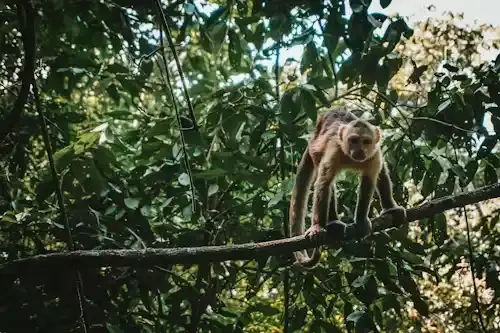
Flora and trees in the Amazon forest
The Amazon forest is home to more than 390,000 plant species, including massive trees such as caletus, palm trees and tropical trees. Plants vary from climbing trees, terrestrial plants and aquatic plants.
Animals and birds in the Amazon forest
The Amazon forest is home to a variety of animals, including tigers, black tigers, monkeys, snakes and colorful birds. These creatures live in different layers of the forest, from the ground to the higher trees.
Endangered species in the Amazon forest
Many creatures in the Amazon forest face a threat of extinction due to desertification, habitat destruction and poaching. Among these threatened species are: black tigers, red faces, and fleeing eagles.
Indigenous peoples and cultures
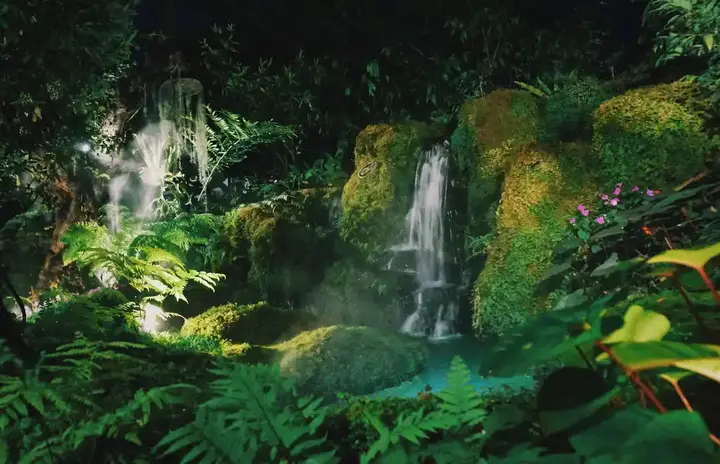
History of the indigenous people of the Amazon forest
The inhabitants of the Amazon date back thousands of years, having lived in this area before the arrival of European settlers. They had a close relationship with the environment and relied on its resources to survive.
Current situation of indigenous peoples
Today's people in the Amazon face significant challenges, such as habitat loss, climate change and environmental threats. Many organizations and government agencies work to support the rights of indigenous peoples and preserve their cultures.
Cultural diversity in the Amazon
The Amazon forest is characterized by great cultural diversity, with many different tribes and communities living in it. Each tribe has its own unique traditions, language and lifestyle.
Image link
Environmental issues and conservation efforts
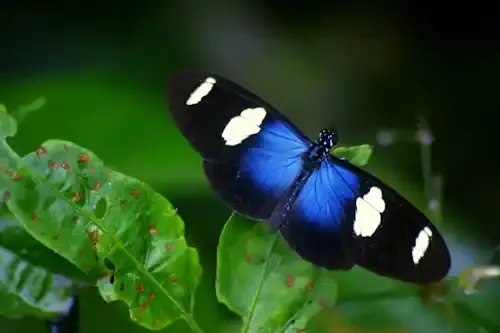
Desertification and environmental destruction
The Amazon forest is experiencing a constant threat of desertification and environmental destruction. Smashing for agriculture and trade has caused loss of green spaces and environmental degradation. Researchers and activists are working to educate the public about the importance of preserving these forests and preventing destruction.The impact of climate change on the Amazon forests
Climate change is a major threat to the Amazon forest. Rising temperatures and changing rainfall pattern affect plant growth and ecosystem balance. Efforts to conserve and mitigate the effects of climate change must be strengthened.
Conservation and awareness projects in the Amazon forest
There are many projects and initiatives aimed at preserving the Amazon forest. These projects include protecting vital areas, promoting sustainable agriculture, and educating the public on the importance of preserving this ecological treasure.
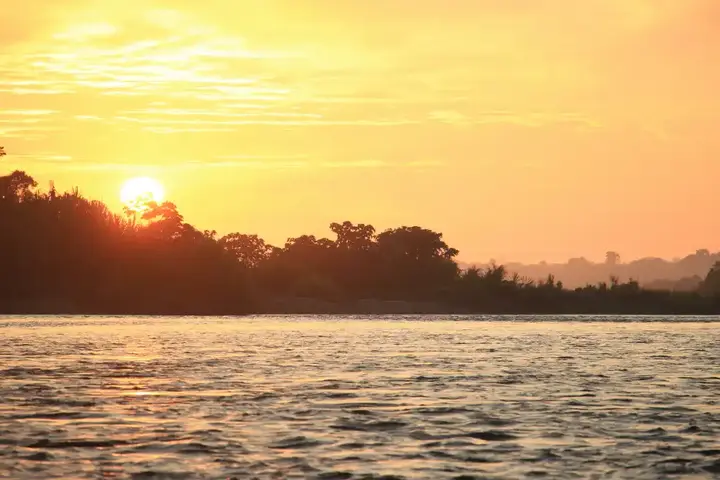
To conclude this article, we invite you to reflect on the importance of preserving the Amazon forest and preserving its biodiversity. These forests are not only a place of adventure and exploration, they are also the lungs of the world, a source of oxygen and a habitat for living creatures.
We must work together to prevent desertification and environmental destruction, and strengthen efforts to preserve this natural treasure. We can support environmental projects and raise awareness of the importance of preserving the Amazon forest, and work to balance our needs with respect for the environment.
Let us all be ambassadors for the conservation of this green treasure, and let us leave a positive impact on the planet and all its inhabitants.








